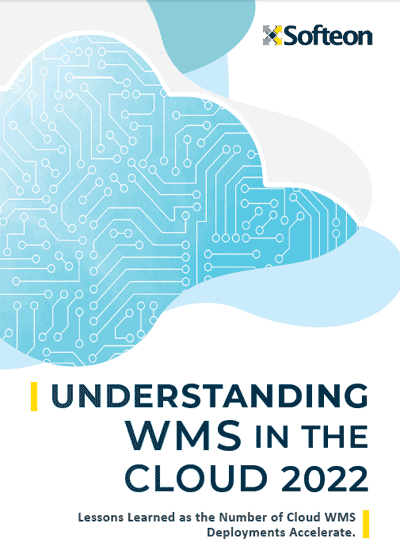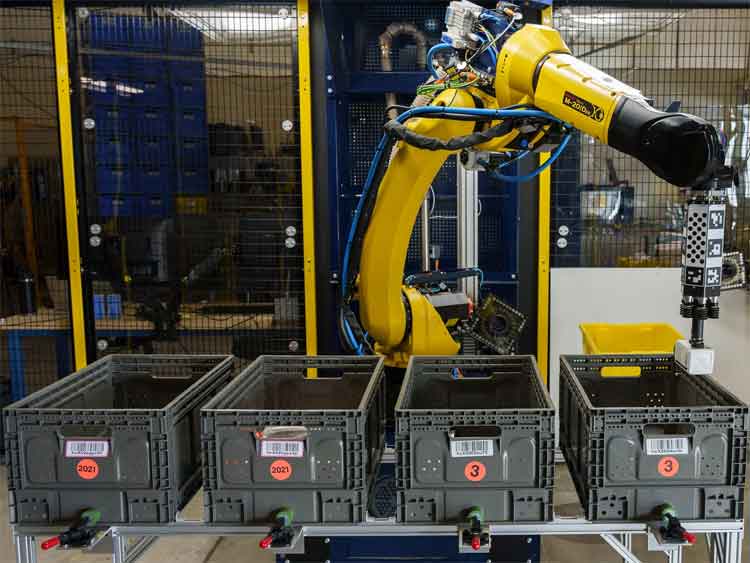 |
Nov. 18, 2022
|
This Week in SCDigest |
||||||||||||||||||||||||
|
||||||||||||||||||||||||
|
 |
|
|||||||||||||||||||||||||||||||||||||||||||||||||||||||||||||||
Has the Supply Chain Robot Era Started? Part 2
Last week, I shared some thoughts on the likely rapid rise of robots in the supply chain, notably in manufacturing and distribution. I also opined a bit on the likely impact on US jobs in those areas, and promised some additional thought this week (see Has the Supply Chain Robot Era Started?) The trigger for that column was data on deployment of industrial robots in 2021 that had actually just come out from trade group the International Federation of Robotics. Its report said that about 500,000 industrial robots were installed globally in 2021, not surprisingly an all-time high and 22% more than the previous annual record set in 2018.
I suspect that record will be smashed yet again in 2022. The second game changer is recent progress in supply chain robots in tems of smarts, flexibility and dexterity that is unfolding at a rapid pace - making replacement of human beings much more practical. And right on cue, at the end of last week Amazon announced its new Sparrow robot. What is Sparrow? It's a robotic arm that addresses sort of the Holy Grail of distribution center automation: individual piece picking. Always far more costly than full case or pallet picking, piece picking exploded along with the rapid growth of ecommerce - led by Amazon of course - as most on-line sales involve individual items. Which means a human being - or in Amazon's case thousands of them in its fulfillment centers - have to reach in a box on a shelf to grab an item or select items from a tote on a conveyor line. A number of companies have been working on piece picking robots, but deployment progress has been slow in my view. Interestingly, about seven years ago Amazon sponsored several annual "Robotic Picking Challenge," contests, in which engineer teams from around the world competed to see how many random items (e.g., a rubber duck, a toothbrush) their robots could successfully select from static shelving and then drop into a tote. While no team ever achieved performance that would work in a real operating condition, the progress from the first year of the contest to the end a few years later was remarkable in terms of the percent of items successfully picked and the speed at which the picking was conducted. Flash forward to 2022, and Amazon itself has taken concept to a whole new level, or maybe several levels, with Sparrow. Amazon says can effectively select individual items from totes and place them into shipping cartons (see photo below). Amazon Sparrow Piece Picking Robot
And watching a video of Sparrow, it does this at a pace that - for now - may be a little slower than a human, but you can count on the fact that it will get faster, and that the 65% of Amazon SKUs it can handle today will grow to 75%, then 80%, etc. Unlike the disastrous foray into factory robotics by GM in the 1980s I cited last week, I am betting this Amazon robot (actually Amazon has or is developing several other robots) will get the kinks out soon enough and be on the FC floor.
So lots of current or former Amazon workers and outside labor organizations castigate the company for the way it allegedly treats its associates - though those workers keep voting down unions and admit that for DC jobs the pay is pretty good. Should mourn the loss of the jobs. So as with last week, I come away with mixed perspectives. We've already seen how dramatically fewer workers are needed at US manufacturing plants versus 20 years ago - keeping some companies competitive with those in low cost countries, though with far fewer US jobs to show for it. That kind of dramatic reduction in labor to run a factory just hasn't been possible in distribution - but we're on the cusp of it soon, Sparrow tells me. Do you agree? Any reaction to this these thoughts on Sparrow's impact? Is the robot era here? Let us know your thoughts at the Feedback section below.
|
||||||||||||||||||||||||||||||||||||||||||||||||||||||||||||||||
YOUR FEEDBACK
Feedback will return next week.
Any idea which company is the largest US-based ocean container carrier?
A: Hawaii-based Matson, which is ranked no. 27 globally based on TEU capacity
|








